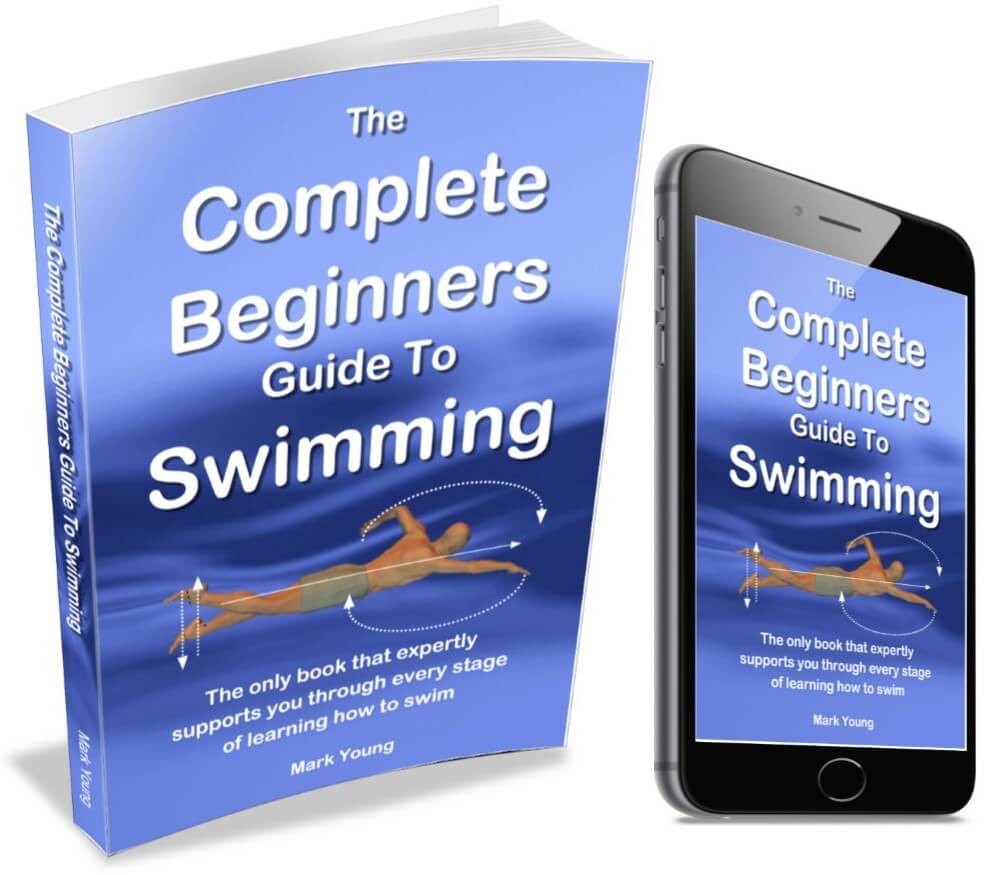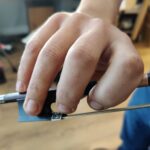Swimming, a life skill and a source of joy for many, often presents challenges for some individuals. A common concern, particularly among adults returning to the pool after a long break, is the feeling of sinking legs. This raises the question: Can Everyone Learn To Swim, regardless of age or perceived body density? This article addresses this concern and offers practical advice for overcoming this obstacle.
Why Do My Legs Sink When Swimming?
The sensation of sinking legs isn’t uncommon, especially for adults re-learning to swim. One reader, a 75-year-old man returning to swimming after decades, describes having to kick excessively hard to maintain a horizontal body position. He questioned whether his legs were unusually dense, as they sink when attempting to float on his back or stomach. This experience highlights a common misconception about swimming: that body density is the primary determinant of buoyancy.
 Swimming guide for beginners pdf
Swimming guide for beginners pdf
While body composition plays a role, swimming is fundamentally about technique and relaxation. Often, the harder one tries to stay afloat, the more likely they are to sink. This is because tension creates rigidity, hindering the body’s natural ability to displace water.
Mastering the Art of Relaxation and Technique
The key to overcoming sinking legs lies in mastering two fundamental principles: relaxation and proper technique.
Relaxation is paramount in swimming. Feeling the water, rather than fighting against it, allows the body to find its natural buoyancy. Tension, conversely, leads to inefficient movements and increased effort, ultimately exacerbating the sinking sensation.
Proper leg technique in freestyle swimming isn’t primarily about propulsion. Instead, it serves to balance the body and maintain a streamlined position. A relaxed ankle and pointed toes create a flexible, fin-like motion, promoting efficient movement through the water. Over-kicking, often a response to sinking legs, disrupts this balance and wastes energy.
Addressing Specific Concerns and Challenges
Age is not a barrier to learning to swim. An 88-year-old reader, proficient in breaststroke, struggles with leg fatigue when attempting freestyle. This illustrates the importance of adapting technique to different strokes. While breaststroke relies on a more symmetrical leg movement, freestyle demands a more fluid and rhythmic kick.
Another reader, a 13-year-old, expresses frustration with the inability to float. This underscores the importance of separating floating from swimming. While floating can be an indicator of body composition, it’s not a prerequisite for swimming proficiency. Learning to swim is about mastering specific movements and coordinating breath control with arm and leg actions. Many proficient swimmers have naturally low buoyancy yet excel in the water.
For those transitioning from breaststroke to freestyle, focusing on a relaxed leg kick with a slight knee bend and loose ankle is crucial. This allows the feet to act as flippers, providing minimal propulsion while maintaining balance and streamlining the body. Using swim fins can help reinforce this technique.
Tips for Improving Swimming Technique
Several techniques can aid in overcoming the sinking leg phenomenon:
- Practice with fins: Fins exaggerate the proper foot position, promoting a relaxed ankle and pointed toes. This can help develop muscle memory for the correct leg movement.
- Focus on body position: Maintaining a horizontal body position, with the core engaged, helps distribute weight evenly and reduces drag.
- Use a pull buoy: A pull buoy, placed between the thighs, provides buoyancy and allows swimmers to isolate and refine their arm technique without the distraction of leg work.
- Seek professional guidance: A qualified swimming instructor can provide personalized feedback and tailor exercises to address individual needs and challenges.
Conclusion: Swimming is Achievable for Everyone
The ability to swim is not determined by age or perceived body density. It’s a skill developed through consistent practice, proper technique, and, most importantly, relaxation. By understanding the role of body mechanics, focusing on efficient movements, and seeking guidance when needed, anyone can learn to swim and enjoy the numerous benefits of this essential life skill.
